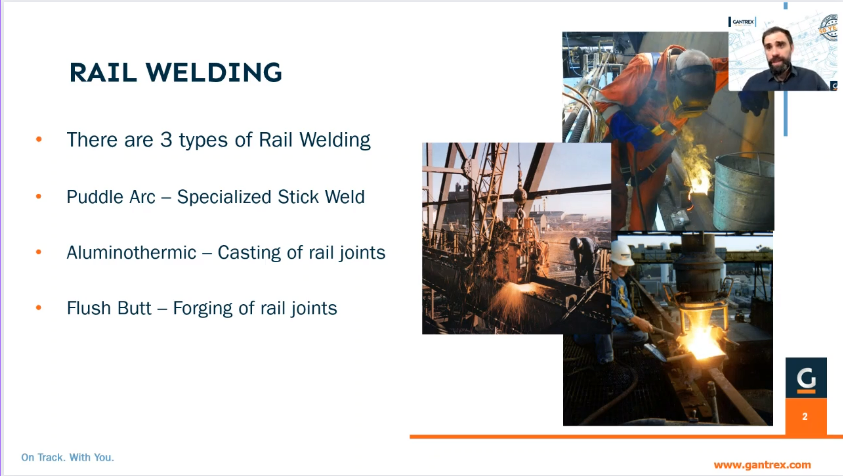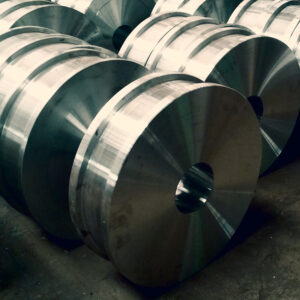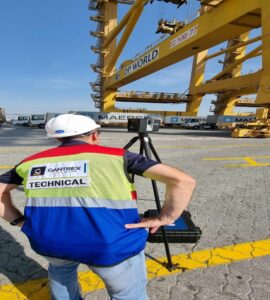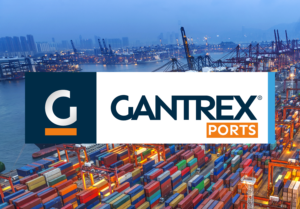GANTREX TECHNICAL SNIPPETS: Rail Welding
In this New Gantrex Technical Snippet, we are pleased to share some insights on three popular welding methods: Enclosed arc welding, Aluminothermic welding, and Flush butt welding. Each of these methods has unique benefits and applications, making them valuable tools for rail track installation and maintenance.
Enclosed arc welding is a popular method for welding rails on site, as it can be performed in all weather conditions. This method uses a consumable electrode that melts to form a weld puddle, which is then covered by a layer of flux to protect the weld from contaminants. The resulting weld is strong, durable, and resistant to corrosion.
Aluminothermic welding, also known as thermite welding, is a commonly used method for joining rails. This method creates a chemical reaction between aluminum powder and iron oxide, which produces molten steel that is used to weld the rails. Aluminothermic welding is known for its high strength, durability, and ability to withstand extreme temperatures and heavy loads.
Flush butt welding is a technique used for joining two rail ends together without any foreign material. This method involves using a specialized welding machine to accurately join the rail together, the process is very time efficient but requires large diesel engine and a specialized machine which increases the setup costs. Flush butt welding results in a smooth, continuous rail, making it ideal for big rail system projects.
Each of these welding methods has its unique benefits and challenges, and the selection of the appropriate method depends on several factors, such as the application, site layout, budget, and project timeline. Gantrex’s experienced team can help you determine the best welding method for your specific needs and ensure that the installation and/or maintenance of your project is completed on time and within budget.










